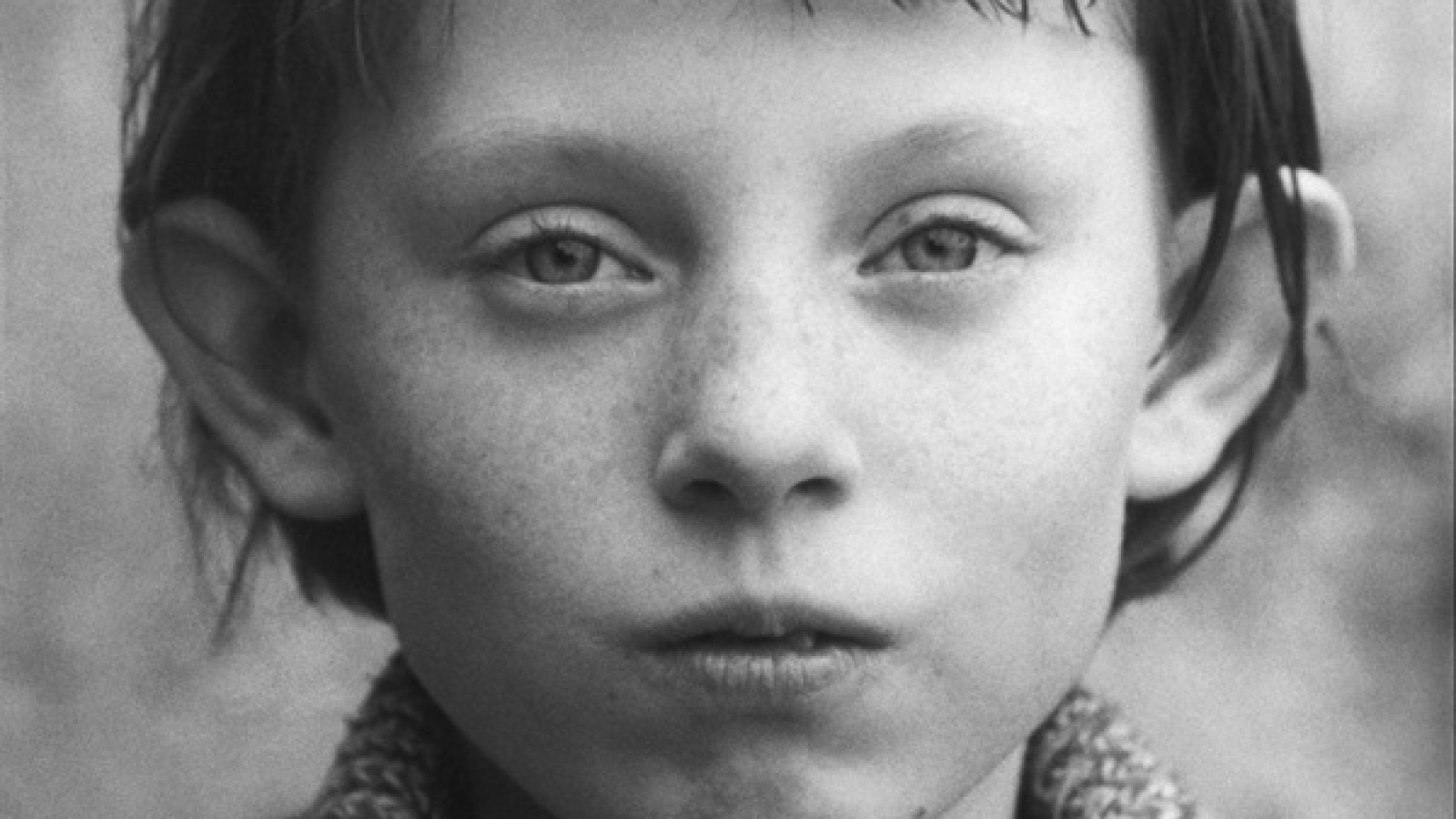Seven Hours Without a Wasted Moment – How Sátántangó Conquered the World
First of all, it’s impossible to define the length of the film. Every database claims a different figure, and everybody takes a stab at guessing. But in the end, it is not about the minutes. If you watch the whole thing you can say: you made it. Just as climbers do: I climbed the mountain because it’s there. And meanwhile I became part of it.
As a fan put it in words: “After ten minutes of looking at a herd of cows, Hollywood executives would leave; it would never receive funding from Britain's Film Council, and it has no chance of screening in a multiplex or being shown on television. It is the polar opposite of the blockbuster and the Miramax-backed foreign-language Oscar-winner. It is a slap in the face of consumerism and corporate taste.”

Béla Tarr: Sátántangó
Not only would making Sátántangó be close to impossible (it took 120 shooting days, 100 000 metres of film, of shooting only in dusk or dawn, of painstaking efforts on behalf of the actors, of huge amounts of consumed booze) but so would watching it in its entirety. As Tarr himself said, the duration is as long as a busy working day. You basically have to dedicate a day of your life instead of the the usual cinematique 1.5-2 hours. This demands tenacity and participation. It transforms you, it works on you, it tortures you - just as the life of the settlers in the film. As Jonathan Romney said in The Guardian: “Tarr is one of very few European directors determined to work outside mainstream forms, and who still believe in cinema’s potential to transform the viewer.” You see things happening – according to Tarr the film must be watched on the big screen, not on TV – in real time; which equals the most radical compression according to film critic Erzsébet Bori concerning Sátántangó. During which time doesn’t go, it just passes. Watching animals and humans passing for 7.5 hours isn’t watching anymore either; it’s participating.
This participation reshaped you in 1994 and it reshaped you in 2018. Considering this movie to be unwatchable in terms of our daily life, how could it then get 100% positive reviews on Rotten Tomatoes? How can the number of fans be on a constant increase? How is it possible that the only Hungarian film on the list of the 50 Greatest Films of All Time, announced just once every decade, is Sátántangó (ranked 34th in 2012).

Béla Tarr: Sátántangó
On the one hand, these achievements intrigued a journalist of Vice when he watched the film in 2015: coming out of the cinema at the other end will feel like you have achieved something. Which, in turn, can only make you feel, at the very least, a tad superior to folks who haven’t. There’s value in that. On the other hand, there’s the perfection of interpretation of the novel by László Krasznahorkai: when you go to
a museum and see an expertly crafted portrait, do you glance for a few seconds and move on to something else? No. You stare, you take it in and you immerse yourself, because it’s worth the extra attention. That’s every shot in Sátántangó. Krasznahorkai’s whirling sentences with their heavy doses of commas and semicolons are all there on screen.
Struggle and totality. What else? When Péter Esterházy watched Sátántangó, he pointed out the question of aesthetics: “I still believe that it is too much. Not in the sense that it fails to grab on to something, no; it grabs, it holds, but maybe too much. (…) Tarr was making a film so long that he almost succeeded to terminate the film.” Terminate it? The Sátántangó brought hope back to Susan Sontag, whereby the art of film wasn’t ready to die yet. Her famous essay made the basic remarks about the reception of Sátántangó: “this seven-hour-long movie hardly has a wasted moment” and it was “devastating, enthralling for every minute of its seven hours”. It is a film she claims she would gladly see every year for the rest of her life. The conclusion? Sátántangó is an unthinkably rich piece of art, presenting an almost unthinkably low point of being. To quote the novel: “My mother is the sea, my father is the ground. Neither sea, nor ground”. Only mud exists, and humans dancing their satanic tango in it. Ugly truth? “Every scene is beautiful”, said Tarr once.

Béla Tarr: Sátántangó
Jonathan Rosenbaum called Tarr a spiritualised Tarkovsky and Tarr himself spoke about it in an interview: “You know, I don’t believe in God. That’s my problem. If I think about God, okay, he has a responsibility for the whole thing, but I don’t know. If you listen to any mass, it sounds like two dogs when they start to fight”.
Tarr has claimed several times that it’s a comedy, but it’s full of all the misery that exists in eastern Europe. It is very much tied to when it was made, and it is very much timeless. As one foreign critic understood it: “Sátántangó’s glacial pace, its slow, detailed examination of a small community of Hungarian peasants, makes it clear that no political system can reach people whose character has been formed by centuries of oppression. This is our life”, agrees the Hungarian watcher.
Dávid Dercsényi
